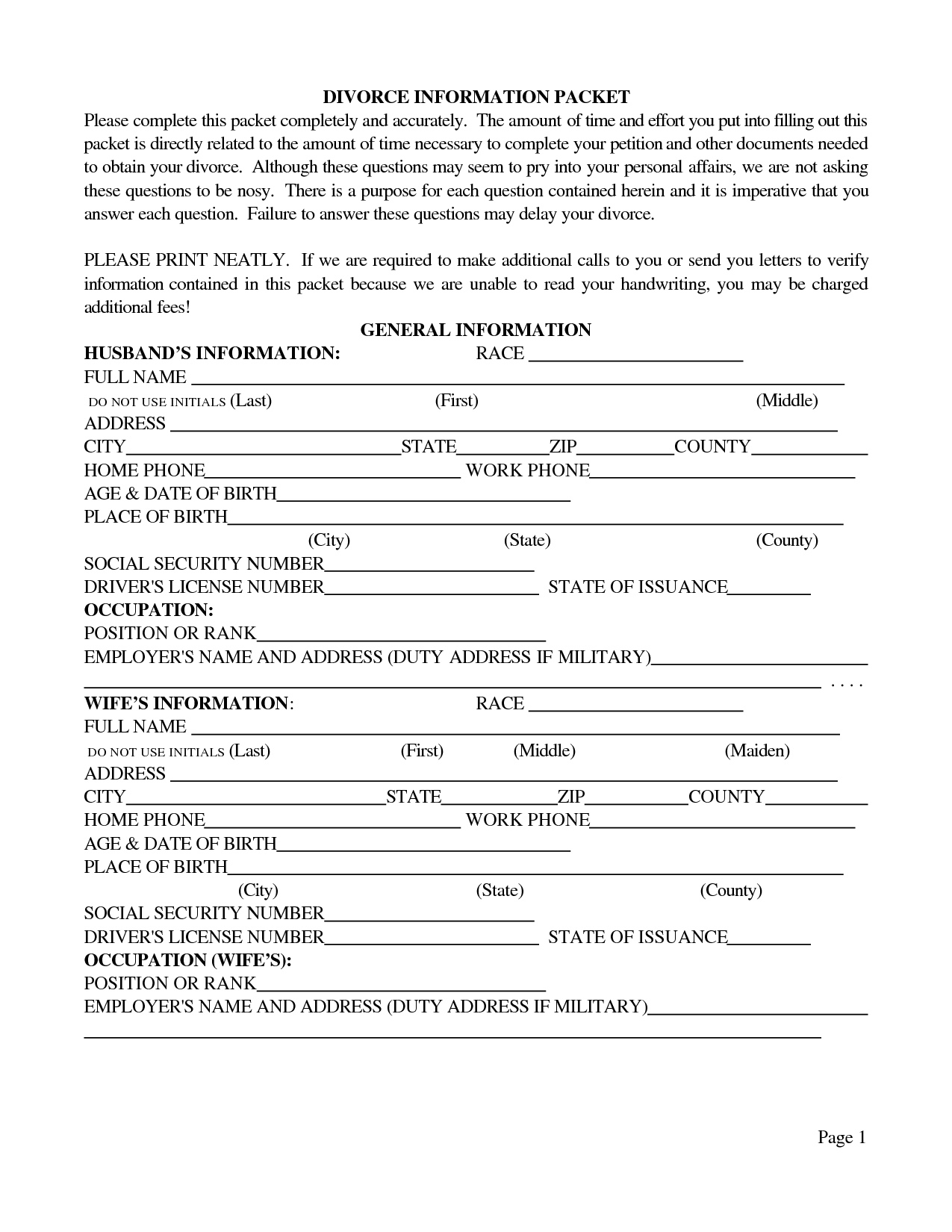5 Ways to Serve Divorce Papers in Person CT

When you're facing the end of a marriage, serving divorce papers can feel like a daunting task, especially in the state of Connecticut (CT). The process of serving divorce papers in person is not only about legal compliance but also requires sensitivity and an understanding of local rules. Here's a step-by-step guide on how to serve divorce papers in person in CT to help you navigate this process with ease and dignity.
1. Understand the Requirements

- Residency: You or your spouse must have lived in CT for at least a year before you can file for divorce.
- Legal Grounds: CT allows for both no-fault and fault-based divorce. Understanding which grounds you’re filing under is crucial.
- Documents: Gather necessary documents including the Summons and Complaint, Notice of Automatic Orders, Financial Affidavit, and any other required forms from the CT Judicial Branch website.
📝 Note: Always check the most current forms and requirements on the CT Judicial Branch website before proceeding.
2. Determine the Server

In CT, the person serving the divorce papers cannot be a party to the divorce. Here are your options:
- State Marshal: A professional server who can provide proof of service.
- Sheriff’s Department: They can also serve legal documents.
- Any person over 18: Who is not related to the case. They must be disinterested in the outcome of the divorce.
3. Planning the Service

Consider the following when planning the service:
- Timing: Avoid serving papers during the workday or at social events to reduce embarrassment.
- Location: Ideally, serve at the spouse’s home or usual place of employment.
- Safety: Ensure the environment is safe for both the server and the recipient.
🚨 Note: If you anticipate any conflict, consider having law enforcement or security present during service.
4. Executing the Service

The server should follow these steps:
- Identify the Respondent: Clearly state the respondent’s name to ensure you’re serving the right person.
- Hand over Documents: Physically hand over the divorce papers, ensuring the recipient understands what they are.
- Proof of Service: The server needs to complete the Proof of Service affidavit and file it with the court.
| Server Type | Proof of Service |
|---|---|
| State Marshal/Sheriff | They provide their own affidavit. |
| Other Individual | They must sign a notarized affidavit. |

5. Next Steps

After serving the divorce papers, remember these steps:
- File Proof of Service: The server must file the Proof of Service with the court within a reasonable time.
- Response Time: The recipient has a certain period (usually 90 days in CT) to respond.
- Court Dates: Set up any necessary court dates for your dissolution of marriage hearings.
📌 Note: Keep copies of all documents for your records as they can be critical in court proceedings.
In wrapping up this guide on serving divorce papers in person in CT, it's clear that while the process involves legal formalities, it also requires a human touch. By adhering to these guidelines, you ensure legal compliance and minimize unnecessary emotional distress for both parties. Moving forward with grace and dignity in these challenging times sets a foundation for healing and new beginnings.
Can I Serve the Papers Myself?

+
No, in CT, you cannot serve the papers yourself if you are a party to the divorce. You must have a neutral third party serve the documents.
What Happens if the Respondent Refuses Service?

+
If the respondent refuses to accept the papers, they are still considered served if the server places the documents near them or in a manner that the respondent could reasonably take possession.
How Long Do I Have to Serve Divorce Papers After Filing?

+
There is no strict time limit for serving divorce papers after filing, but it is advisable to do so within a reasonable period to prevent procedural delays.



